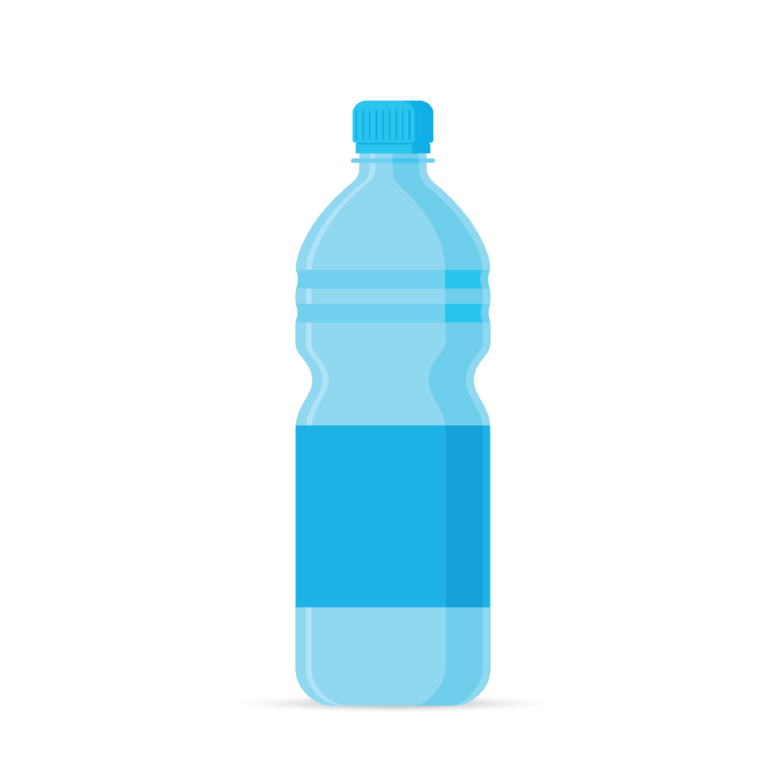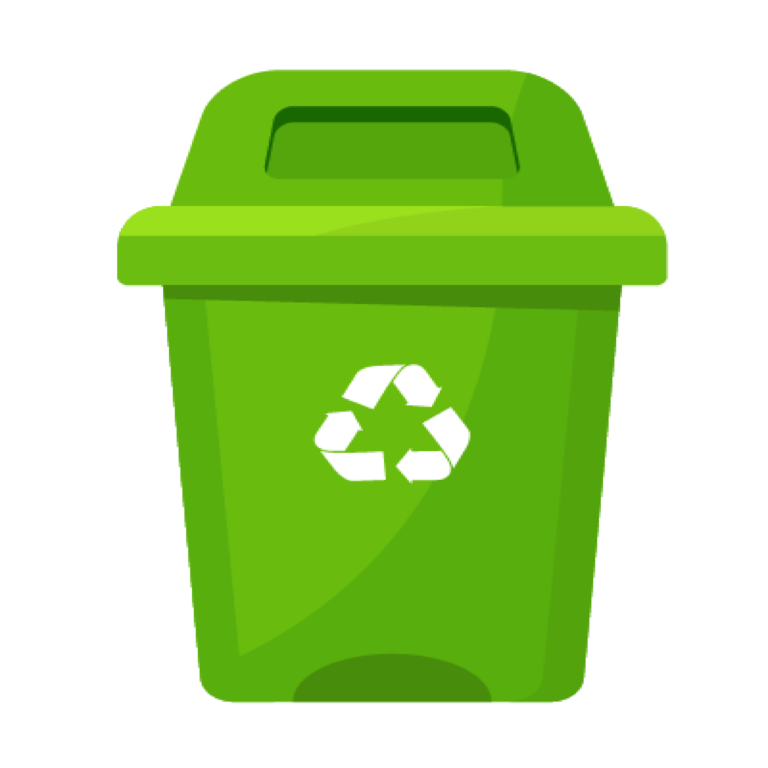Warning: Content May Be Disturbing to Some Audiences
The global microplastics crisis has continued to expand and worsen as millions of tiny plastic particles invade even some of the most remote areas on earth. According to a study in Environmental Science and Technology, Americans who meet the suggested water intake made by the U.S. Department of Agriculture, consume 4,000 plastic fragments a year through tap water; those who solely drink bottled water ingest 90,000.
A recent study commissioned by the World Wildlife Fund (WWF) and executed by the University of Newcastle (Australia) recently identified just how much plastic we may be consuming on a daily, weekly, monthly, and yearly basis. The shocking results of this study emphasize the need for increased understanding and awareness regarding the presence of toxic chemicals in plastic pipes and drinking water. The risks that plastic consumption pose to human health could be severe, especially due to the different kinds of plastics you are bound to ingest. Studies on common plastic drinking water piping materials found over 150 chemicals across the different materials, many of which toxic; including benzene, vinyl chloride, and more. When you consume microplastics, they may pass into the intestinal wall, into our bloodstream, and through our hearts, brains, and other vital organs
When you consume microplastics, they may pass into the intestinal wall, into our bloodstream, and through our hearts, brains, and other vital organs. Plastics are also known to damage reproductive systems, the liver, kidneys, lungs, and increase the risk of breast cancer.
According to WWF International Director General Marco Lambertini, plastic consumption is clearly a “worldwide problem that can only be solved by addressing the root cause of plastic pollution. If we don’t want plastic in our bodies, we need to stop the millions of tons of plastic that continue leaking into nature every year. In order to tackle the plastic crisis, we need urgent action at government, business, and consumer levels, and a global treaty with global targets to address plastic pollution”
Take a look at the slideshow below for a visual representation of how much plastic we are likely consuming.






